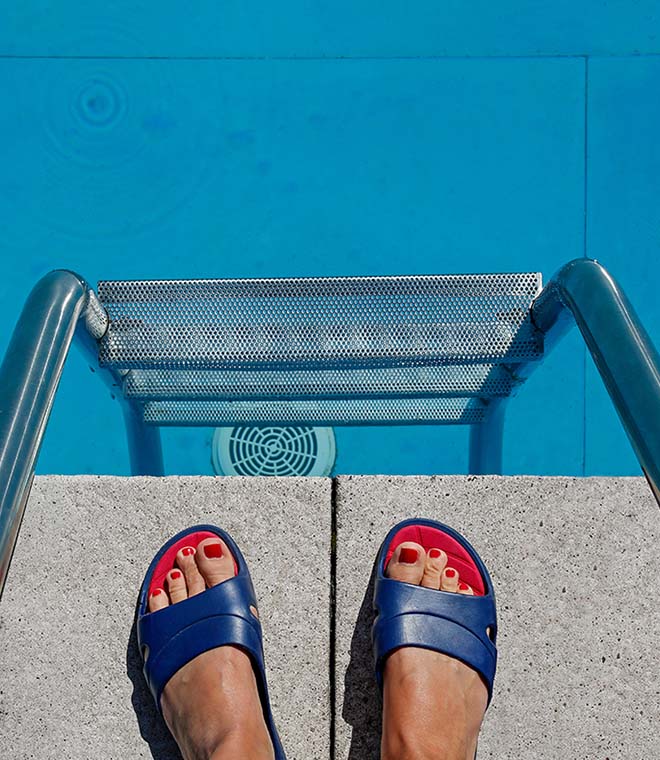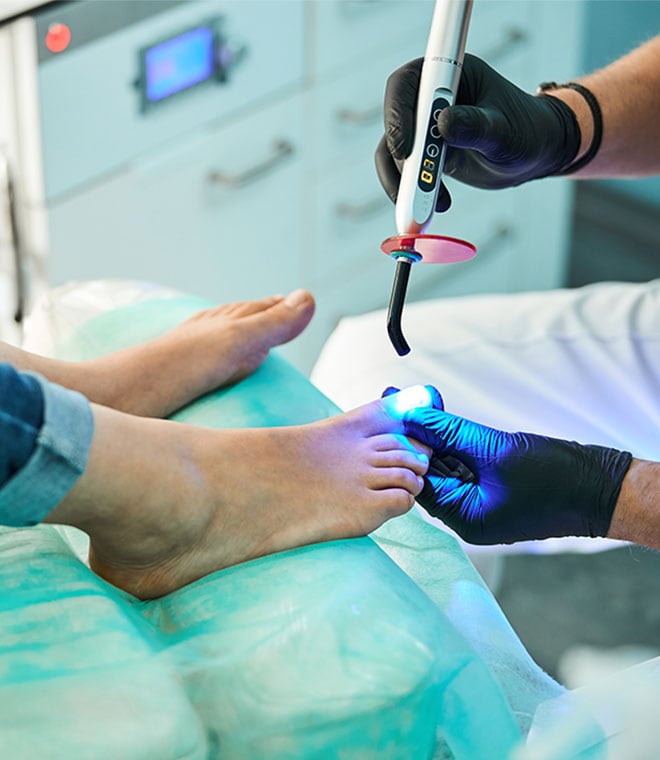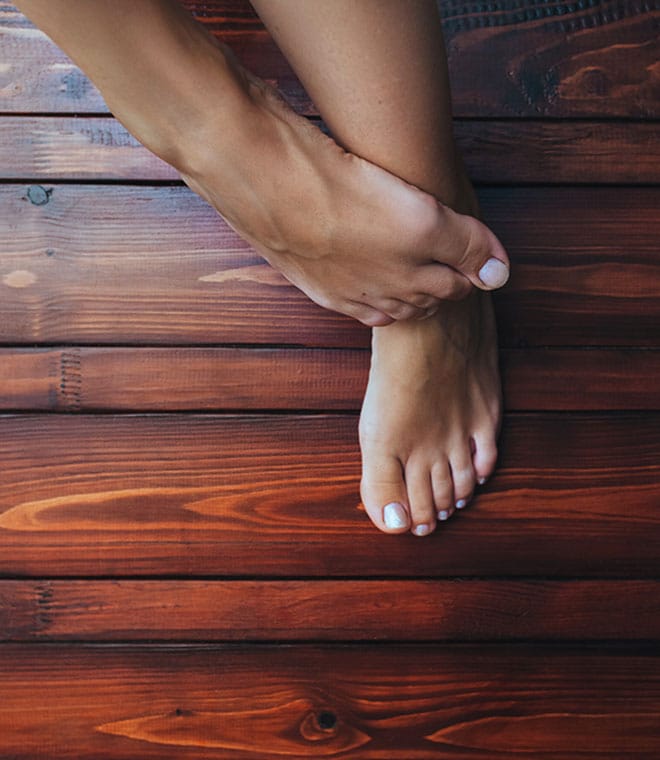Health
Dry toenails: Causes, symptoms and treatment
By Dr. Anna H. Chacon, MD, Fellow of the American Academy of Dermatology Oct 22, 2024 • 4 min
Dry, brittle nails are a common problem. The medical term for this issue is onychoschizia, and it can lead to peeling or splitting of the nails. Although this occurs more frequently in women, anyone can experience dry nails. While not usually harmful, dry toenails that split can be uncomfortable, especially if they snag on your socks or bedding and tear the nail.
What causes dry toenails?
Brittle toenails may occur due to a variety of factors. Some common causes of dry, brittle nails can include:
- Repeatedly wetting and drying the toenails, such as by frequent bathing or swimming
- Repeated exposure to certain chemicals, such as acetone, which is commonly found in nail polish remover
- Low humidity, especially during the winter months
- Certain medications, including cancer drugs
- Medical conditions, such as Raynaud’s syndrome, hypothyroidism, iron deficiency and low levels of zinc
- Natural consequences of aging
If your brittle toenails are caused by an underlying medical condition or nutritional deficiency, your fingernails may likely also be dry and brittle. But if your fingernails are strong, and only your toenails are dry and fragile, the cause is most likely external and not the result of disease or vitamin deficiency.
Symptoms of dry toenails
If you have dry toenails, you may notice some of these signs:
- Brittle nails—nails that break or chip off easily
- Peeling nails—layers of the nail peel away
- Flaking or crumbling nails
- Dry or cracking cuticles
While dry toenails aren’t typically painful, snagging them on fabrics can cause injury, pain and possibly lead to infection if the nail is pulled away from the skin.
How to treat dry toenails
If your toenails are dry and break or crack easily, try these remedies:
- Apply a moisturizing lotion with lanolin or alpha hydroxy acid to your nails. You can also find lanolin-based nail conditioners.
- Apply a moisturizer to your feet and toenails before bed.
- Keep your toenails short to reduce the surface area.
- File your nails regularly into a rounded shape with a gentle/fine nail file, especially if they’re jagged or rough. This will help prevent them from splitting and snagging.
- Avoid acetone-based nail polish removers, which strip moisture from your nails.
- Ask your healthcare provider whether a biotin supplement is right for you. An essential B vitamin, biotin plays a major role in hair and nail health.
Dry toenails can be unsightly if they peel, crack or flake. Dry toenails can also lead to rough edges that may catch on fabrics and cause discomfort, pain or potentially an infection. If home treatments like moisturizers and preventive measures don’t improve your condition, make an appointment to see your healthcare provider for an evaluation and recommendations.
Updated by Julie McDaniel, MSN, RN, CRNI, October 2024.



